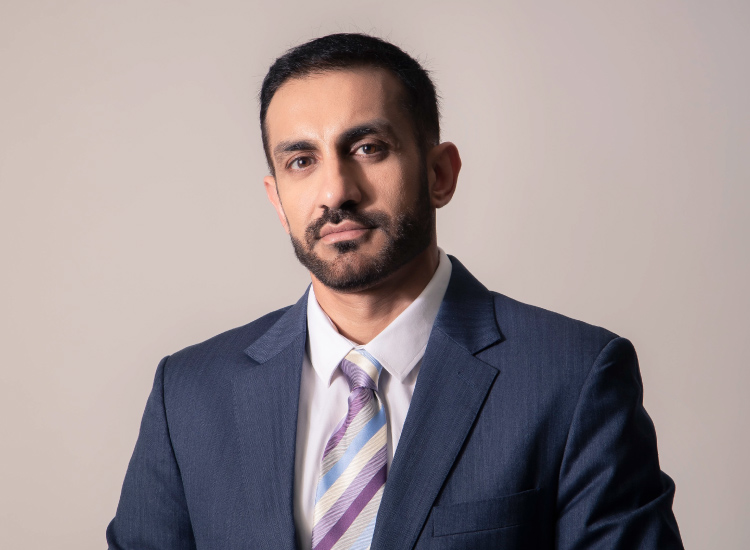Q] What was the idea behind this GoDaddy ad campaign?
Over the last few years we have been trying to accelerate online adoption . In India, small businesses are our core audience and they are on the path to online. But it has been challenging to them because there are barriers to knowledge, understanding and what does online presence mean and how much one should invest for online presence, etc. Now with the pandemic and lockdown, we really wanted to put women entrepreneurship at the centre of our campaign because we believe that pandemic has given an opportunity to level the playing field. Women employment in India is only 20% today. We would like it to be double the rate for us to become one of the biggest economic powerhouses in the world. We want to really accelerate this process of small businesses. The focus is really going to the roots and leveraging Prime Minister Modi’s initiative toDigitise our country. We are also having this campaign in multiple languages as well so, it goes to the tier II, tier III and tierIV towns.
Q] What is the marketing mix of this campaign and how much ad spends were allocated to this campaign?
Typical to an integrated marketing campaign, we do a mix of all mediums. We do TV, online videos, social media, Digital media, and then we use influencers. As far as spends are concerned, we don’t disclose numbers but we keep it the way we make decisions when spend depends ultimately about when we want the message to reach our consumers.Then we take action based on such messages.We take decisions depending on what kind of consumption do they have because there are some consumers located in very small towns. We strategize as to where are the maximum chances of discovering this ad, and what medium is that, whether it happens to be TV, online video, mobile phone, etc. Our goal is to move the needle of online adoption and getting this message out through the mediums which customers are watching.We are Digital heavy most of now, the shift towards Digital consumption has really accelerated and hence the percentage of ad spends is also high.
Q] Today, SMBs face tough challenges to survive as a brand in the Indian market. Being their business support partner what challenges does GoDaddy face today?
Firstly, I think the biggest pride we take is on the fact that we provide almost 24*7 customer care to all our small business customers. I mean regardless of the size of the business we provide that human touch behind the technology adoption. This is because a lot of small businesses are time-poor and knowledge-poor. Today we have things like GoDaddy Academy which provides courses to small businesses on how should they think about online presence, what products should they buy or not buy and so on. Our customer care has the same role. So, somebody could be in their life cycle early on, so they don’t need to have a sophisticated website, they need a basic website. We keep a flexible pricing policy for our customers so they are able to choose the one which suits them.Our challenge is about continuing to accelerate this online adoption by getting the message out to the roots of the country. I think GoDaddy continuously partners with ecosystems, government,web designers and web pros. Each state has its own challenges. Some states are superior in infrastructure than the other. So, we have to come up and work accordingly with each state on its own merit.
Q] Apart from this campaign what other innovative strategies does GoDaddy utilise to reach the masses for increasing revenue growth?
We have a very holistic approach to our marketing. Integrated marketing campaign gets people on the top of the funnel. We target businesses according to their demographics, verticals, life cycles and also their needs. If you are a micro-small business, you just need a package of an email, a website, and a domain, so we target accordingly. But if you are a little bit sophisticated, you need much more better e-commerce kind of website, you need more sophisticated e-mail system, a better SSL protection security website. We break it down according to a customer’s demographics, customer audiences, their size, number of employees and what kind of vertical and stage the company is in. We double down on product-specific offers by target marketing to specific customers to ensure that it is relevant to the customers we are marketing to.
Q] Do you think today businesses in tier 2 and tier 3 cities are showing more interest in your products?
Yes, as it is said that for the first time, India has more rural internet users than urban internet users. I think now people are using technology a lot more. In rural part that istheir bridge to the world and to each the customers. So our marketing campaign talks about different shopkeepers in the market. In the TVC, market is very much like an Indian market, there is a music shop, clothing shop, jewellery shop. The message we are communicating is that if you are only present in your own neighbourhood, and not using online presence then the only customers who are going to discover you are the people in your neighbourhood. Showing your presence online suddenly opens your market from 100 people to a million people. That is the message we are trying to cut across. I think people in rural India are a lot more entrepreneurial. If you look at Prime Minister Modi’s Digital India Week, the summit which is going on in Gandhinagar, Gujarat, and we are participating in that as well.





.jpg)
.jpg)
.jpg)















